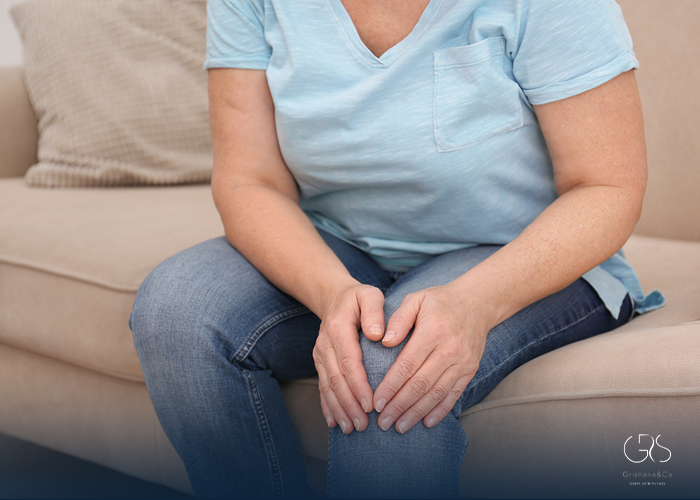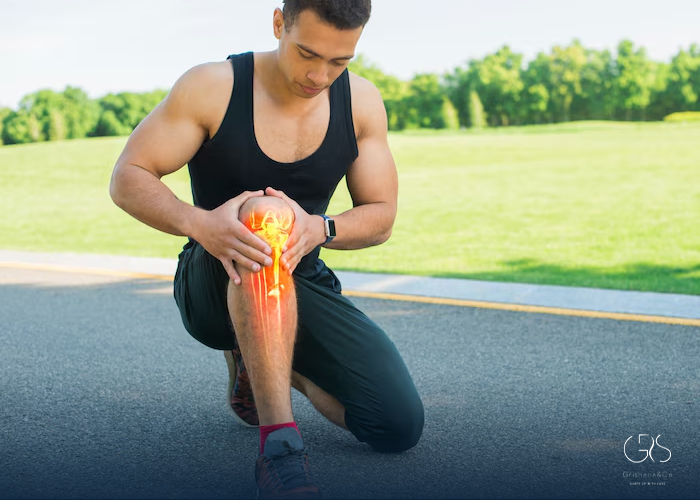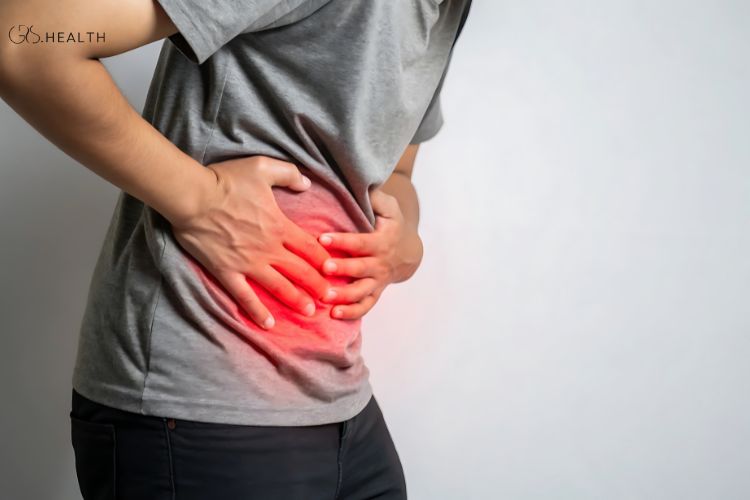Exercise is an integral part of a healthy lifestyle, offering numerous physical and mental benefits. However, for some individuals, the aftermath of a vigorous workout can include knee pain. This discomfort can significantly hinder one’s ability to engage in physical activity, impacting overall well-being. Understanding the potential causes of knee pain after working out is essential for proper prevention and management.
Overuse and Microtrauma:
Prolonged or repetitive stress on the knee joint, such as during running, jumping, or intense weightlifting , can lead to overuse and microtrauma. This can result in inflammation and pain in the surrounding tissues and structures.

Incorrect Form or Technique:
Performing exercises with incorrect form or technique can place unnecessary strain on the knee joint, potentially causing pain and discomfort. Proper guidance and form correction from a fitness professional are crucial in preventing exercise-induced knee pain.
Muscle Imbalance:
An imbalance in the strength and flexibility of the muscles surrounding the knee joint can lead to misalignment and increased stress on the joint during physical activity. Weakness in the quadriceps, hamstrings, or hip muscles may contribute to knee pain after working out.
Previous Injuries:
Individuals with a history of knee injuries, such as ligament sprains, meniscus tears, or patellar dislocation, are at a higher risk of experiencing knee pain after exercise. These pre-existing conditions can be aggravated by intense physical activity.
Arthritis:
According to the Arthritis Foundation, over 32.5 million adults in the U.S. live with osteoarthritis, a degenerative joint disease. Physical activity can exacerbate knee pain in individuals with arthritis, as the cartilage within the joint may already be compromised.

Improper Footwear:
The type and condition of athletic footwear can significantly impact the distribution of forces on the knee joint during exercise. Worn-out or unsupportive shoes can lead to improper alignment and increased risk of knee pain.
Excessive Weight:
Carrying excess body weight places additional stress on the knee joint during physical activity. According to the Centers for Disease Control and Prevention (CDC), over 42% of adults in the U.S. are classified as obese, increasing the prevalence of exercise-related knee pain.

Lack of Warm-Up and Cool-Down:
Insufficient warm-up exercises can heighten the likelihood of experiencing knee pain following a workout session. It is crucial to incorporate proper stretching techniques and a gradual transition into and out of physical activity to prevent exercise-induced discomfort.
Patellar Tendinitis:
Also known as “jumper’s knee,” patellar tendinitis is an overuse injury that affects the tendon connecting the patella to the shinbone. It is common in activities that involve jumping and can result in persistent knee pain.
Meniscus Tears:
Tears in the meniscus, the cartilage that cushions the knee joint, can lead to pain, swelling, and stiffness, particularly after rigorous physical activity. This is a common injury in athletes and individuals who engage in high-impact sports.
Iliotibial Band Syndrome:
The iliotibial band is a thick band of tissue that runs along the outside of the thigh, connecting the hip to the shinbone. Overuse or inadequate stretching of the IT band can result in knee pain, particularly in runners and cyclists.
(Read more about the causes of knee pain in my article.)
Conclusion:
Knee pain after working out can stem from a variety of factors, including biomechanical issues, previous injuries, and medical conditions. Understanding these potential causes is crucial for injury prevention and pain management, and seeking advice from healthcare professionals or fitness experts is recommended for individuals experiencing persistent knee discomfort.
Sources
- Arthritis Foundation, Osteoarthritis Patient Education & Resources
- Centers for Disease Control and Prevention, Obesity










